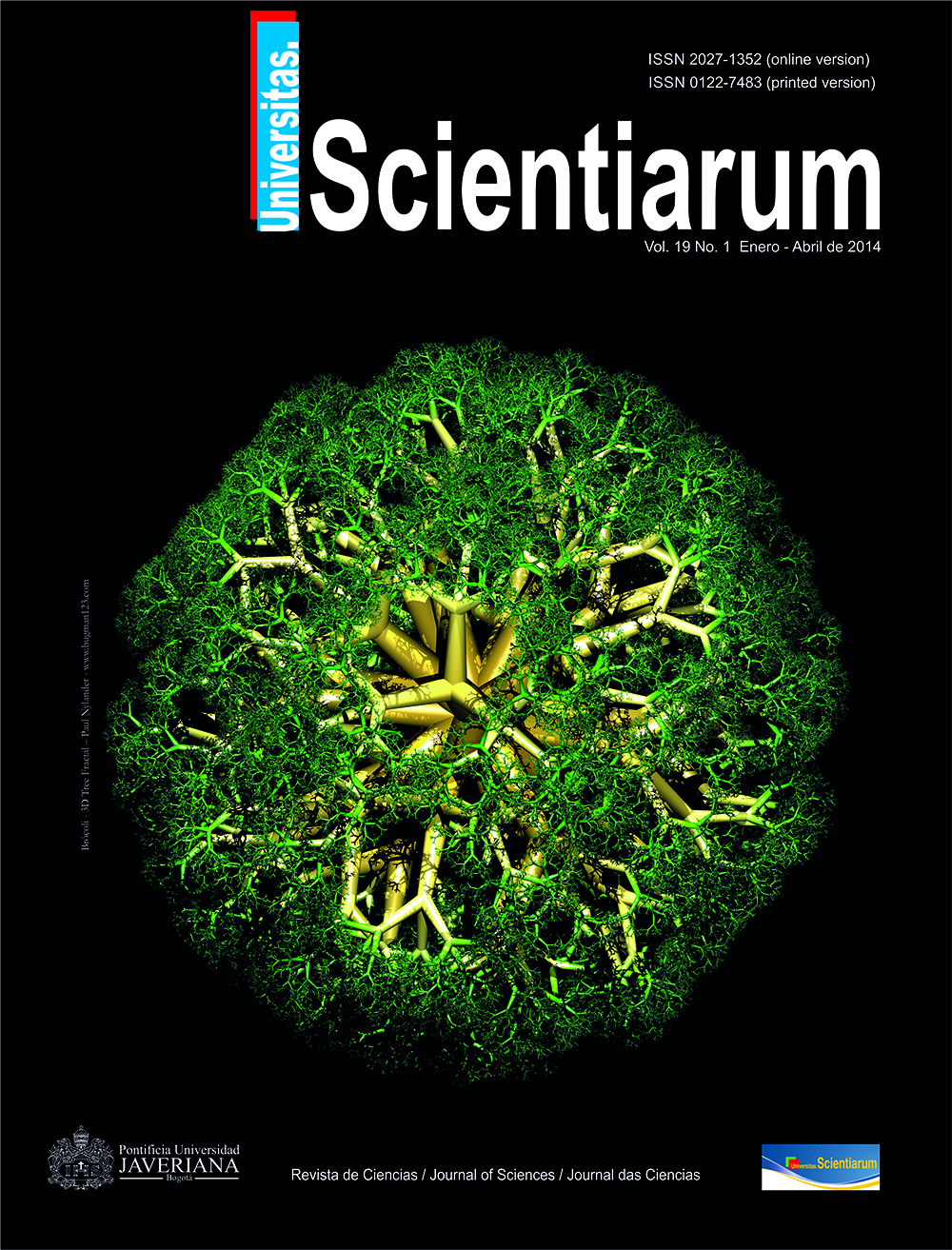Abstract
To identify and describe the epidemiological status of human leptospirosis or Weil's disease, we searched scientific publications and reports issued by health control authorities from 2006 to 2013. Information extraction was done independently and the methodological quality of the articles was evaluated using a checklist created for that purpose. The country with the highest incidence of human leptospirosis was Trinidad & Tobago (22 cases per 100,000 people) and the highest percentage of cases occurred in Guyana (60%). In Colombia, the department with the highest percentage of cases was Antioquia (85.7%) and the highest incidence was in Cordoba (67.9%). Contact with animals is possibly the highest risk factor; its diagnosis is commonly accomplished using a microscopic agglutination test. The analyzed data presented various epidemiological aspects, making it difficult to merge the information. Only in some countries is the academic and governmental interest and awareness evident in the area of public health.Univ. Sci. is registered under a Creative Commons Attribution 4.0 International Public License. Thus, this work may be reproduced, distributed, and publicly shared in digital format, as long as the names of the authors and Pontificia Universidad Javeriana are acknowledged. Others are allowed to quote, adapt, transform, auto-archive, republish, and create based on this material, for any purpose (even commercial ones), provided the authorship is duly acknowledged, a link to the original work is provided, and it is specified if changes have been made. Pontificia Universidad Javeriana does not hold the rights of published works and the authors are solely responsible for the contents of their works; they keep the moral, intellectual, privacy, and publicity rights. Approving the intervention of the work (review, copy-editing, translation, layout) and the following outreach, are granted through an use license and not through an assignment of rights. This means the journal and Pontificia Universidad Javeriana cannot be held responsible for any ethical malpractice by the authors. As a consequence of the protection granted by the use license, the journal is not required to publish recantations or modify information already published, unless the errata stems from the editorial management process. Publishing contents in this journal does not generate royalties for contributors.



